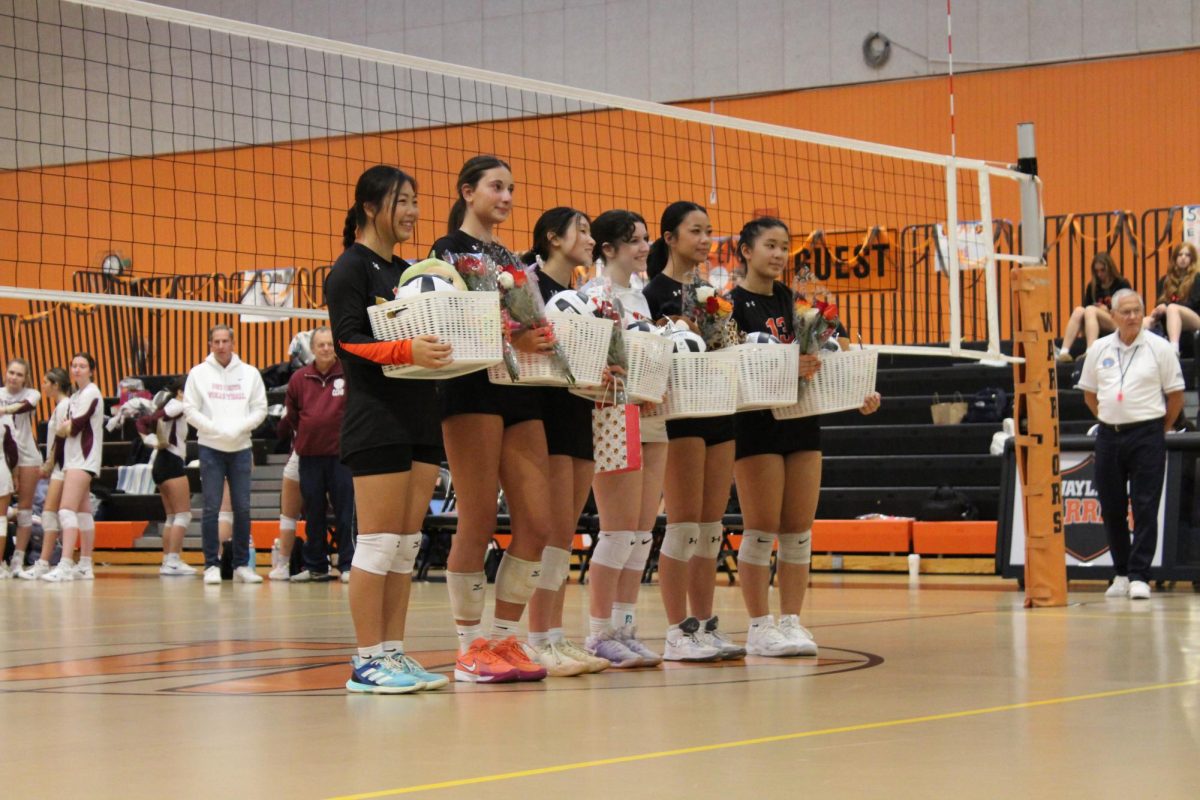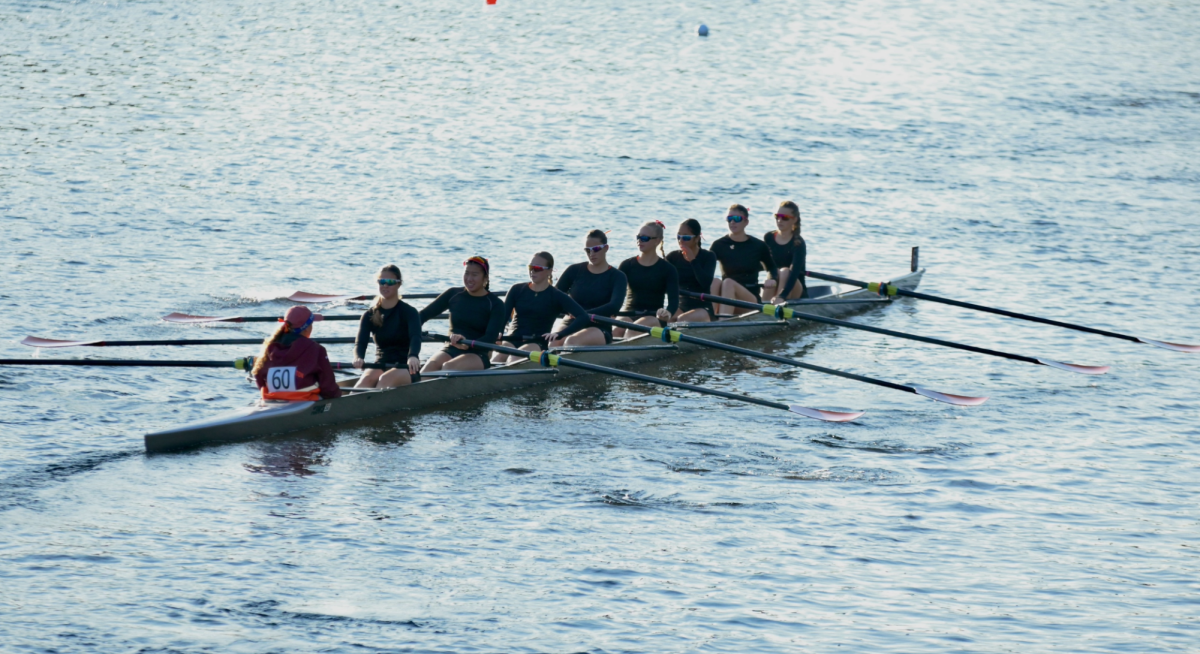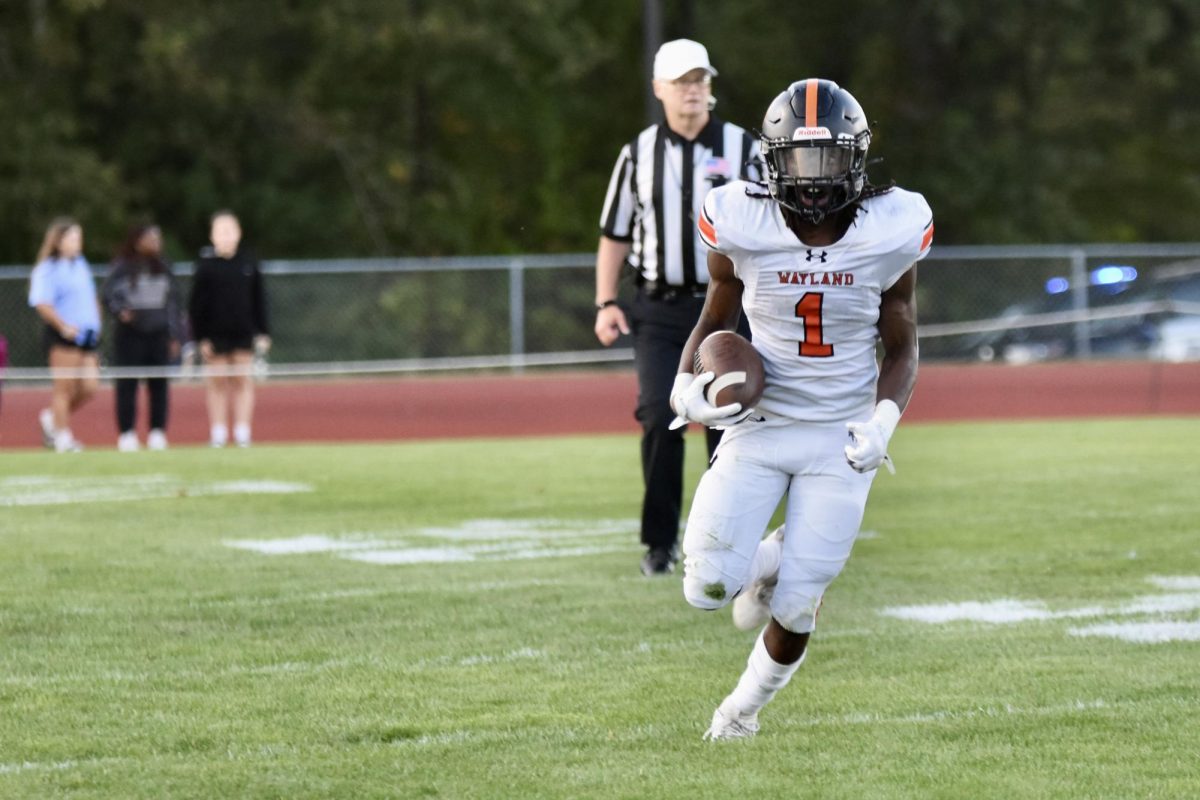Weekly Exchange: Differences between German and American schools
Differences between German and American high schools
Since I started my exchange year in the USA, the question I have been asked most is what the differences between German and American schools are. It’s not an easy question to answer because there are different kinds of schools in Germany and there it gets complicated already. We have three different high schools if that makes any sense. I took the challenge and wrote down what the main differences are from the basic system to dances and to sports in German schools.

Dances
A few weeks ago, I went to prom. That’s what a lot of exchange students look forward to – at least I did. American schools are known for their big, fancy dances every year; some schools have all these dances called Homecoming, Winterfest, Sadie Hawkins etc. In Germany, there is just one big dance, either in 12th or 13th grade (depending on what kind of school the students attend). Instead of celebrating the end of the school year, the Germans celebrate the graduation of the Abitur class, the highest degree achievable in a German high school. During “Abiball,” only the graduates wear fancy dresses or suits. This dance is part of graduation day when the students are getting their degree. Parents and teachers join this celebration and students usually make a yearbook or T-Shirts with funny slogans. The word “abi” has to be included in the slogan, which leads to creative ideas.
Time Spent in School
In Germany, there are schools that have longer school days, but most schools are over at 1 p.m. Occasionally, there are days when students have to stay longer, but students usually have lunch at home. My high school, for example, starts at 8 a.m. and every other day at 9 a.m. and ends as early as 1 p.m. Once a week we have to stay until 4 p.m. though. Students still spend a lot of time completing homework to ensure they do well in school. We have fewer vacations to compensate for the short school days. While U.S. pupils have eight-twelve weeks of summer vacation, plus three to four weeks of breaks during the year. German students have only six weeks summer vacation, with two weeks in the fall, two weeks for Christmas, and two weeks spring break.
Tests
German students learn many of the same basic subjects as American students, but the German system places much more emphasis on big examinations while degrees in the US are automatically granted if the student has passed a sufficient number of classes. In Germany, students have to take a big test in order to graduate, consisting of several big written and oral exams. There are basically three types of diplomas students decide to take at the end of high school: Hauptschule, Realschule and Abitur. (A more detailed explanation will come in the second part of this article when I will confuse you with the German three parted school system.) From the three possible high school diplomas in Germany, only the highest “Abitur” test is a direct way to university. However, there are colleges that take especially motivated and talented students without Abitur. It is also possible to get into a more technical college with a lower final exam. German schools use a 6 point grading scale ranging from 1 being excellent (“sehr gut”) to 6, something you don’t want to show your parents. In the final classes of Gymnasium, high school teachers grade with points up to 15, with 0 being the lowest grade and 15 the highest. It is a bit confusing, I know.
Motivation
Of course, motivation depends on the school in Germany, but I have had some of my teachers use “negative reinforcement.” Maybe this only happened to me, but I had a couple teachers in Germany who told their classes, “Half of you will not get the Abitur (highest degree) if you keep working like this” as a form of motivating them. I don’t think that’s the best way of teaching but I gladly have some close relationships with teachers as well and really appreciate that. In my experience at WHS, there is a big focus on building a good student-teacher relationship. I realized that teachers care a lot, which is what leads them to stay after school to help students. Teachers in Germany rarely stay after school and students get tutors instead. I noticed after meeting many Americans that people are usually open-minded and happy to share their knowledge. Many teachers I met here are good at talking and presenting something, maybe because they feel more secure having a classroom of their own. In German high schools, a class of students gets a classroom and the teachers rotate and walk to the different rooms. I think it saves some time and leads to a class bonding together.
After-school activities
The activities after school are very different in the US compared to Germany. American students either have after-school activities or go straight home. In contrast, German students tend to have more personal freedom after school. Of course, there has to be time left for homework, but they are also able to spend much of their time the way they wish if the parents are ok with that. If students go to school in a city, it would take longer to drive with a car, so students get used to taking the subway or the bus. Bless public transportation, it’s great to meet up with friends for homework sessions, or to enjoy coffee or shopping after school and not having to worry about parking or how to get rides.
Opinion articles written by staff members represent their personal views. The opinions expressed do not necessarily represent WSPN as a publication.
Your donation will support the student journalists of Wayland High School. Your contribution will allow us to purchase equipment, cover our annual website hosting costs and sponsor admission and traveling costs for the annual JEA journalism convention.

Teresa Hank Gomez is an 17 year old exchange student from Germany for this year at Wayland High school. She enjoy’s performing as a dancer and is a passionate...


























